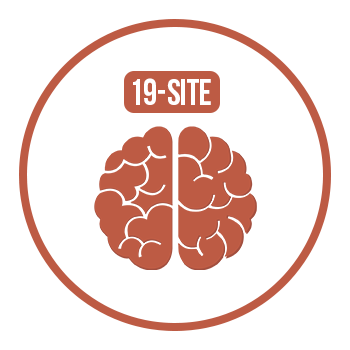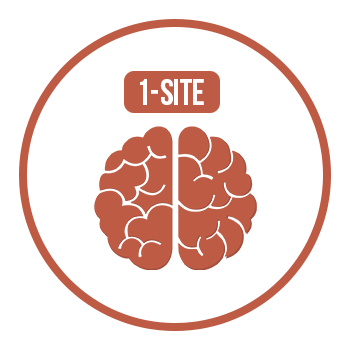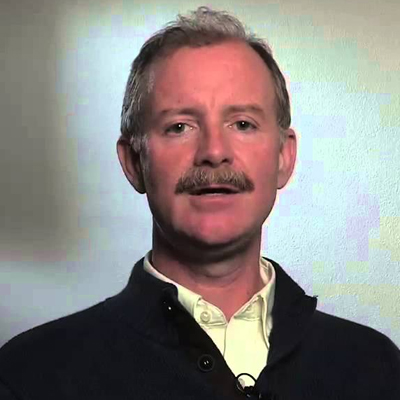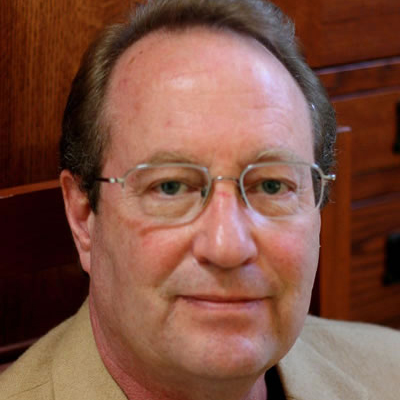FEATURED IN

Personalised Assessment
1A. primary diagnostic assessments

Comprehensive
This is our most comprehensive brain diagnostic assessment comprising of an EEG analysis by a board-certified neurologist to eliminate possible underlying medical condition in addition to a quantitative or qEEG analysis by an internationally certified expert panelist.

CLINICAL-Q
The 5-site Clinical qEEG offers an abbreviated, simplified snapshot of performance in the “Executive Brain“, i.e., the frontal lobes, the Central Strip & a posterior site. It’s useful to get a preliminary impression of attentional control, memory capacity, mental arousal/alertness, emotional regulation.
1B. SPECIALTY assessments

1-SITE
A very limited single-site measurement of key ratios, taken from the vertex of the scalp to get a snapshot of attention, brain “energy” expenditure. Suitable for demonstration purposes.

PHYSIOLOGICAL STRESS
A reliable assessment to uncover physiological systems that are stress intolerant for optimization training. Individuals are put through a stress-inducing scenario & physiological signals from the heart, respiratory system, muscles, temperature & electrodermal activity are monitored

MIND & BODY
The mind-body diagnostic assessment measures EEG signal to determine arousal level, the presence of mental quiescence while concurrently monitoring physiological signals from the heart, respiratory system, muscle tension, temperature & sweat gland electrodermal activity.
2a. panelists
BRAIN OPTIMAX
About Brain Optimax's Team
Brain Optimax’s clinical services adhere to international standards and employ only methodologies & techniques that have been evidenced by peer-reviewed scientific research to be efficacious.
2B. OPTIONAL ADD-ON: QEEG & other PANELists
JAY GUNKELMAN
QEEG Diplomate
About this expert
He has served as president of The International Society for Neurofeedback and Research (ISNR), as well as a board member and treasurer of the Association for Applied Psychophysiology and Biofeedback (AAPB) and is a past-president of the Biofeedback Society of California.
Jay was the first EEG technologist to be certified in QEEG (1996) and was granted Diplomate status in 2002.
He has conducted, published & participated in hundreds of research papers, articles, books and meetings internationally. He has co-authored the textbook on EEG artifacting (2001) and is currently working on projects and publications related to his seminal paper on EEG endophenotypes (2005, Clinical Electroencephalography).
He is a popular lecturer worldwide on the topic of QEEG and phenotype identification of neurological disorders.

VINCE CLARK, PhD
About this expert
He employs structural and functional magnetic resonance imaging (fMRI), magnetoencephalography (MEG), event-related potentials (ERPs) and methods of transcranial brain stimulation, including transcranial direct current stimulation (tDCS) and transcranial alternating current stimulation (tACS), as well as other methods to examine human brain structure and function.
His recent area of research examines how tDCS can be used to increase learning and performance in healthy subjects, and the mechanisms by which tDCS produces changes in brain function and behavior.
Brain stimulation may lead to a variety of innovations in classroom education and professional training, along with new treatments for psychiatric and neurological disorders.

JONATHAN WALKER, MD
About this expert
He combines his traditional neurological medical practice with QEEG-guided neurotherapy (EEG-neurofeedback) which is a successful non-drug treatment for a variety of medical conditions including ADD/ADHD, dyslexia, head injury, depression, epilepsy, behavior disorders, anger control, and depression.
Also Board Certified in Electroencephalography, Dr. Walker is President of the QEEG Certification Board.
Dr. Walker is a nationally recognized pioneer in the field of neurotherapy who has researched in other medical areas.
In addition to seeing patients in the clinic, Dr. Walker interprets test results for other neurofeedback practitioners in the United States and other countries, offering protocols for QEEG-guided neurofeedback training to remediate the growing number of medical conditions for which that treatment is dramatically effective.

MEYER PROLER, MD
About this expert
Dr. Meyer Leon Proler specializes in neurology in Houston area.
He is affiliated with numerous hospitals, including Methodist Hospital (TX) and more. He is available for appointments, preventative care, medical care as well as ongoing patient care.
TO STRENGTHENING YOUR BRAIN
(For Medical Conditions)
The EEG/QEEG procedure is derived by measuring the electrical activity (EEG) of the brain by a non-invasive (nothing is put inside the brain) procedure of placing a cap with multiple electrodes over the scalp.
EEG recordings are taken across a number of conditions or tasks, including a) eyes closed, b) eyes open, c) cognitive test of graded difficulty. The EEG data is then processed using mathematical algorithms and statistical analysis. Data is then evaluated for percentage change across states and compared with a normative database for state variance.
The diagnostic use of the Quantitative EEG (QEEG) has a strong research base that spans over ten years.
Experts in neuroscience regard EEG/QEEG as the definitive diagnostic assessment for neurological & neuro-developmental disorders including epilepsy, ADD/ADHD and other neuro-psychological conditions such as anxiety, depression, obsessive compulsive disorder, etc.
Clinical qEEG
Optimax Analysis + Interpretation- Sequential Quantitative Analysis
- Frontal Lobes only (not entire brain)
- 5 Sites
- Suitable for: Minor cognitive inefficiency
- Recording time: 28 Minutes
- Source Localisation
- Morphology Interpretation
- Neurologist’s Interpretation
- Medication Recommendations
Fullcap EEG+qEEG
Optimax + Professorial-Level Panelist's Interpretation- Simultaneous Analysis
- Entire brain (19-sites)
- Suitable for: Mild to Moderate cognitive issues, no medical condition
- Recording time: 60 Minutes
Source Localization
- Morphology Interpretation (Limited)
Fullcap EEG+qEEG
Optimax + Neurologist & EEG/qEEG Expert Interpretation- Simultaneous Analysis
- Entire brain (19-sites)
- Suitable for: Mild to Severe cognitive deficit, possible medical issues
- Recording time: 80 Minutes
Source Localisation
- Neurologist’s Interpretation & Report




